Reinforced concrete is often used in structures as well as in civil engineering, including slabs, walls, shells, columns, beams, ribs, or even foundations.
Nowadays, the time to carry out works and commission goods is very short. The best way to save time is to use a ready-to-install reinforcement: welded wire mesh.
What is reinforcing steel mesh and how can it be used in RFEM?
Mesh reinforcement is concrete reinforcement consisting of crossing steel bars that are assembled by welding. Each steel mesh is determined by the dimensions of the sheet or roll (length, width, area), the size of the holes (length and width), and the diameter of the fibers, as well as by the steel section (cm2/m), the nominal mass, and the number of fibers per sheet. RFEM calculation and design software for concrete structures offers several types of reinforcement meshes in the library of the RF-CONCRETE Surfaces add-on module. With this library, you can quickly define the area of the provided or additional reinforcement, as the mesh reinforcements are clearly arranged by country, product series, and description. Conventional reinforcement meshes are available for some countries by default; for example, wire meshes from Germany, Austria, Netherlands, USA, and so on. In France, ADETS meshes are widely used.
Which mesh reinforcements does ADETS offer?
ADETS (Association technique pour le Développement de l'Emploi du Treillis Soudé), the technical association for the development of welded wire meshes in France, distinguishes two types of mesh reinforcements:
- Structural reinforcing steel meshes marked with the letters "ST" (treillis structurel). These are important for the load-bearing capacity within the structure and comply with the NF A 35-080-2 standard.
- Panel reinforcing steel mesh with the designation "PAF" (panneau antifissuration) or "RAF" (rouleau antifissuration): These panels are very light grids that do not play a structural role in the structure. This type of reinforcement helps to limit surface crack formation and to prevent subsequent failure in the event of cracking (anti-fracture function). The welded wire meshes meet the requirements of the NF A 35-024 standard for steel grade B600A or the NF A 35-080-2 standard for B500A.
Which mesh reinforcement is the right one for your projects?
Choosing the appropriate reinforcement mesh depends on the type of structure and the loads acting on it. Some technical recommendations specify which mesh types must be installed as a minimum. These are, for example, DTU 13.3.3 for the floor slabs of houses, DTU 13.3.1 for concrete slabs in industry, DTU 23.5 for hollow-core slabs, and DTU 26.2 for attached slabs or non-load-bearing floating floors.
The following table shows the recommended minimum welded wire meshes sorted by use and application area according to the requirements of the European standards for reinforced concrete design (Eurocodes 2 and 8).
| Usage | Products | Application | Mesh |
|---|---|---|---|
| Concrete slabs for Houses | ST 25 CS ST 25 C | B500A (if secondary seismic element) or B500B (if primary seismic element) | |
| Concrete slabs for industrial use or similar | ST 15 C | concrete slab without reinforcement with a thickness of 15 to 23 cm | B500A (if secondary seismic element) or B500B (if primary seismic element) |
| all structural welded wire meshes (ST) | concrete slab without reinforcement with thickness > 23 cm and reinforced concrete slab | B500A (if secondary seismic element) or B500B (if primary seismic element) | |
| Concrete slabs for other use than in industry or similar | PAF 10 PAF C | concrete slab without reinforcement | B500A |
| ST 50 C | concrete slab reinforced to at least % | B500A (if secondary seismic element) or B500B (if primary seismic element) | |
| all structural welded wire meshes (ST) | reinforced concrete slab | ||
| Walls made of exposed concrete | PAF V PAF 10 | Concrete coverings of external walls | B500A |
| Hollow-core slab (effective widths) | PAF 10 | earthquake-proof | B500A |
| PAF C PAF R | according to the dimension between the axes of the beams | B500A | |
| Tanks and containers made of concrete | ST 50 ST 50 C ST60 ST 65 C | according to wall thickness D and d ≥ 8 mm | B500B |
| Other applications | all structural welded wire meshes (ST) | B500A (if secondary seismic element) or B500B (if primary seismic element) |
All designs of reinforced concrete structures must be carried out by a structural engineer, stress analyst, or any other specialist manually or using calculation software such as RFEM according to normative calculation methods.
How do you use ADETS mesh reinforcements in RFEM?
ADETS mesh reinforcements are not available in the library and must, therefore, be created. With the tools in the "Import Reinforcement Area from Reinforcement Mesh Library" dialog box, you can easily create or import new types of welded wire meshes. If you want to try, you can use the product range of ADETS meshes prepared in the .db3 file available for download at the end of this article.
How do you import a mesh reinforcement database from the .db3 file?
At the bottom of the "Import Reinforcement Area from Reinforcement Mesh Library" dialog box, you can click the "Import user-defined database" button. Then, you have to close the dialog box with [OK] to confirm the data added. As soon as this dialog box is opened again, the new mesh reinforcements are accessible.


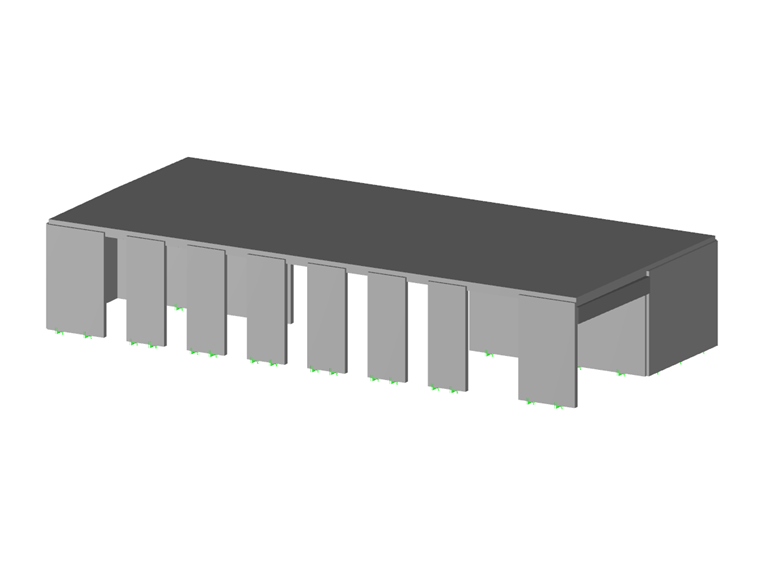



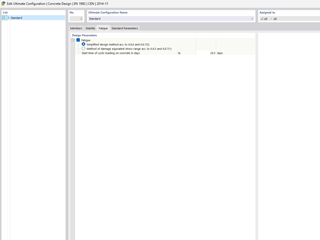
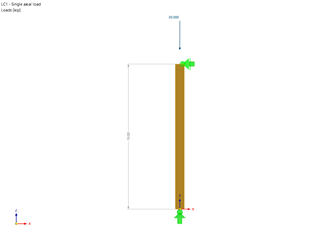









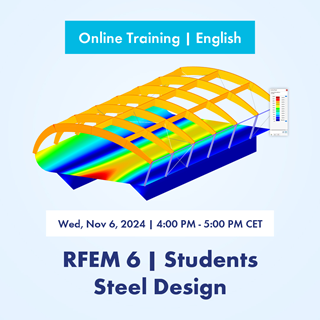
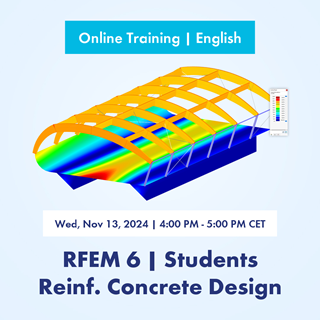
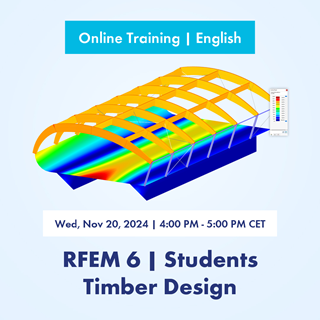


















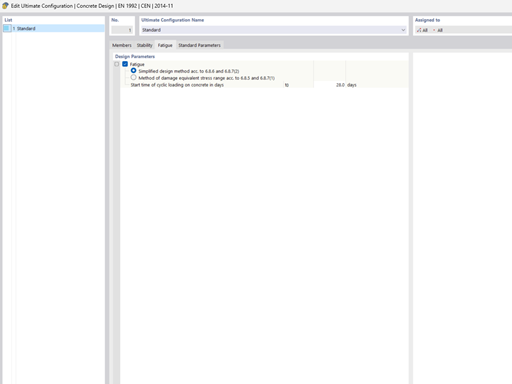
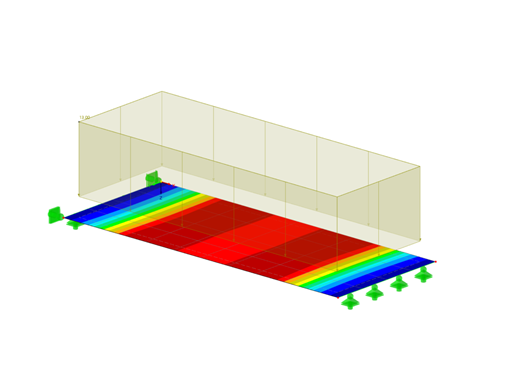
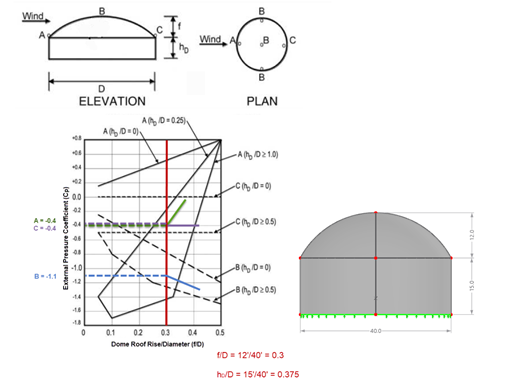









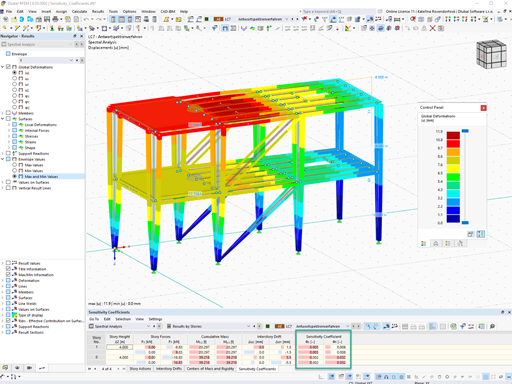
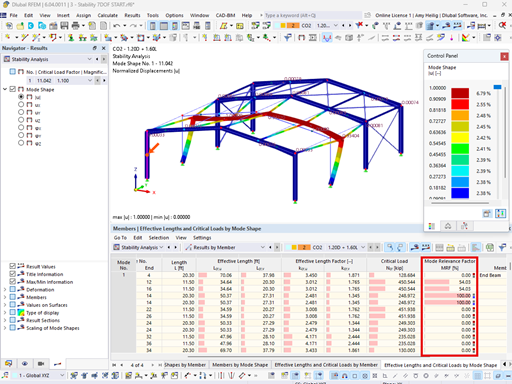
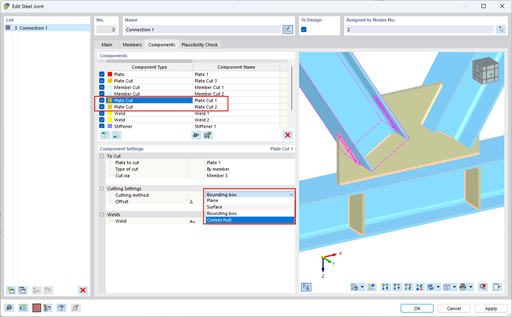

























.png?mw=600&hash=49b6a289915d28aa461360f7308b092631b1446e)
